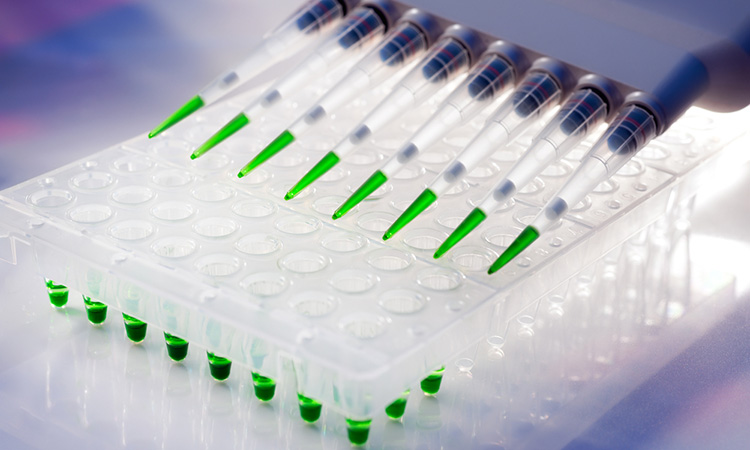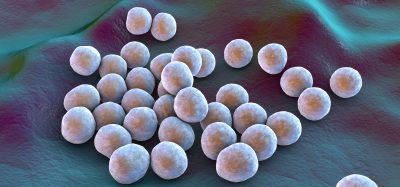Luminescent sensor could enable high-throughput screening in presence of fluorescence
Posted: 14 September 2022 | Victoria Rees (Drug Target Review) | No comments yet
A bioluminescence resonance energy transfer sensor has been developed to report changes in intracellular Ca2+ concentrations during screening.


Researchers from the US National Institutes of Health report that they have developed a bioluminescence resonance energy transfer (BRET) Ca2+ sensor, named CalfluxCTN. In a recent study, published in Science Signaling, they demonstrated that the sensor reliably reported changes in intracellular Ca2+ concentrations evoked by an agonist and an antagonist of the human muscarinic acetylcholine receptor M1 (hM1R) even in the presence of the fluorescent compound fluorescein, which can interfere with a standard fluorescent high-throughout screening sensor.
According to the researchers, the intrinsic fluorescence of samples confounds the use of fluorescence-based sensors. Fluorescent sensors are commonly used to monitor cellular processes, but sample autofluorescence or the presence of fluorescent reagents can impede with the detection of sensor activity. This is of particular concern in high-throughput screening applications that use large chemical libraries containing fluorescent compounds.
To overcome this problem, the researchers created their sensor. In a high-throughout screening using a chemical library containing fluorescent compounds, CalfluxCTN accurately identified agonists and antagonists that were missed or miscategorised with a standard sensor. They also showed that a luciferase substrate that becomes activated only when inside cells generated long-lasting BRET signals in high-throughput screening, enabling results to be reliably compared among replicate samples for hours.
Biomarkers are redefining how precision therapies are discovered, validated and delivered.
This exclusive expert-led report reveals how leading teams are using biomarker science to drive faster insights, cleaner data and more targeted treatments – from discovery to diagnostics.
Inside the report:
- How leading organisations are reshaping strategy with biomarker-led approaches
- Better tools for real-time decision-making – turning complex data into faster insights
- Global standardisation and assay sensitivity – what it takes to scale across networks
Discover how biomarker science is addressing the biggest hurdles in drug discovery, translational research and precision medicine – access your free copy today
The team conclude that the use of a self-luminescent sensor instead of a fluorescent sensor could facilitate the complete screening of chemical libraries in a high-throughput context and enable analysis of autofluorescent samples in many different applications.
NEWS: A new screening study has shown that three natural compounds present in foods like green tea may be candidates for drugs that combat the coronavirus…
Related topics
Drug Development, Drug Discovery, High-Throughput Screening (HTS), Screening, Small Molecules
Related organisations
US National Institutes of Health (NIH)








